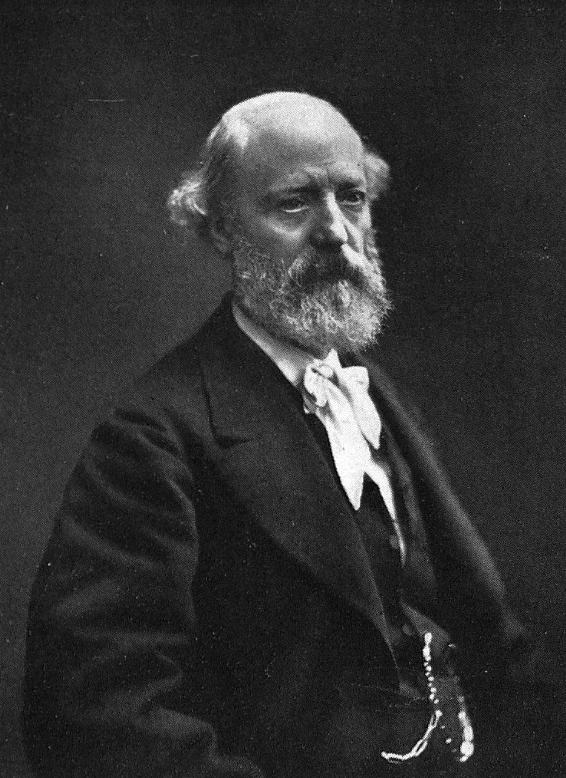
Viollet le Duc was the Gilbert Scott of France, Scott the Viollet-le-Duc of England. Both were leading restorers of their time and nation. Both believed in Gothic of the 13th century. Both were scholars and thinkers as well as practising architects.
Viollet-le-Duc was born into a intellectual and liberal family in Paris and trained with the architects Huvé and Leclère for a short time. Viollet le Duc developed an early enthusiasm for the Middle Ages and spent his teenage years travelling and sketching and developing his knowledge of French architecture. After the Commission des Monuments Historiques was established in 1837, Viollet le Duc was entrusted to restore several high profile buildings that had been made obsolete by the Revolution. Viollet le Duc’s work included the Abbey Church at Vézelay (1840), Notre-Dame in Paris (1845), and the cathedral at Clermont-Ferrand (1864).
Viollet le Duc published widely and his works came to be the most respected and widely read architecture books of the late 19th century across Europe. His 'Dictionnaire raisonné de l’architecture française' (1854-68) and the 'Entretiens sur l’architecture' (1863-72) displayed his wide antiquarian knowledge. In the 1870s, Viollet le Duc wrote a series of books which explained architecture to the layman and were very popular.
Viollet le Duc also designed buildings himself, but it is said that he was not interested in his own architecture. His one major building is St Denis-de-l’Estrée at St Denis (1862-6) which shows a departure away from the Gothic Revival into a more spacious systematic style. Being influenced by the medieval craftsmen of the 13th century, Viollet le Duc condemned the overuse of Gothic Revival.
0 comments: